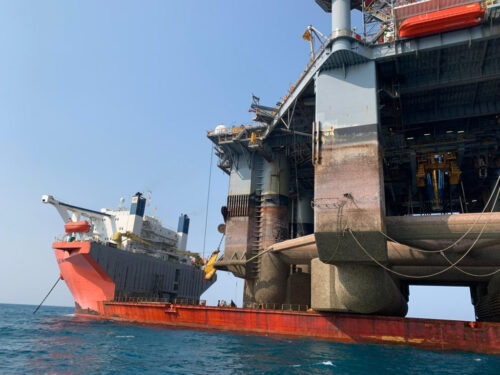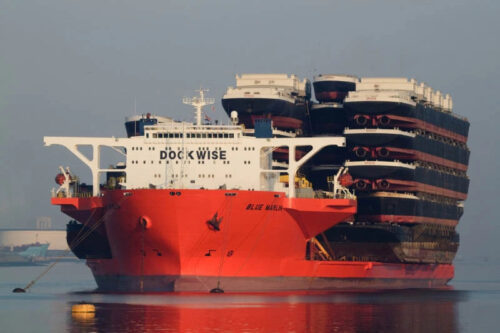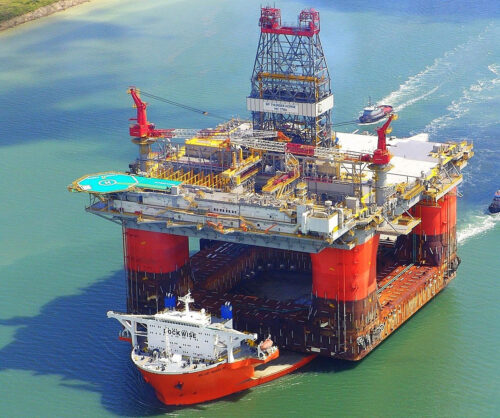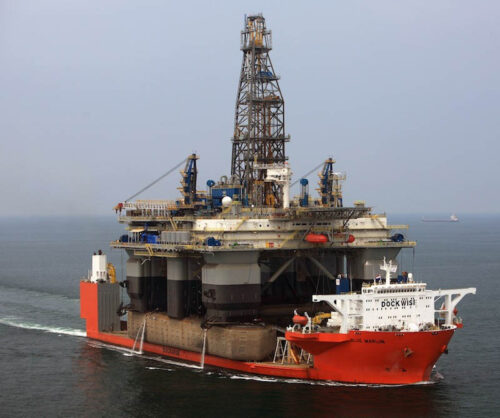The shipping industry has a rich history that dates back thousands of years. Over time, ships have become larger and more sophisticated, allowing them to transport a wider range of goods across greater distances.

One of the most impressive feats of modern shipping was the production and transportation of the world’s largest oil rig.
Offshore drilling technology has been a major driver of growth in the shipping industry. As oil companies have sought to tap into new sources of oil and gas, they have increasingly turned to offshore rigs to do so.
These rigs are massive structures that require a tremendous amount of engineering expertise to design and build.
In the early 2000s, a consortium of oil companies announced plans to build the world’s largest oil rig. The rig was to be built in South Korea, where shipyards had a long history of producing large and complex vessels.
The design of the rig was based on the concept of a floating production, storage, and offloading (FPSO) vessel, which is essentially a giant oil tanker that has been converted into a drilling platform.
The production of the rig was a massive undertaking that involved thousands of workers and took several years to complete.

The rig was built in sections, with each section being constructed at a different location around the world. Once each section was completed, it was transported to South Korea for assembly.
Transporting these massive sections of the rig was no small feat. They had to be carefully loaded onto specialized transport vessels that were designed to carry extremely heavy loads.

Once on board, the sections had to be secured in place to prevent them from shifting during the voyage.
The transportation of the sections was also a logistical challenge. The vessels had to navigate through narrow channels, avoid other shipping traffic and deal with unpredictable weather conditions.
At times, the vessels had to slow down or change course to avoid obstacles or unfavorable conditions.
Despite the challenges, the world’s largest oil rig was successfully transported and assembled in South Korea. The rig is now in operation, producing oil and gas from deep beneath the ocean floor.

The production and transportation of the world’s largest oil rig is a testament to the ingenuity and expertise of the shipping industry.
As technology continues to advance, it is likely that even more impressive feats of shipping will be achieved in the years to come.
